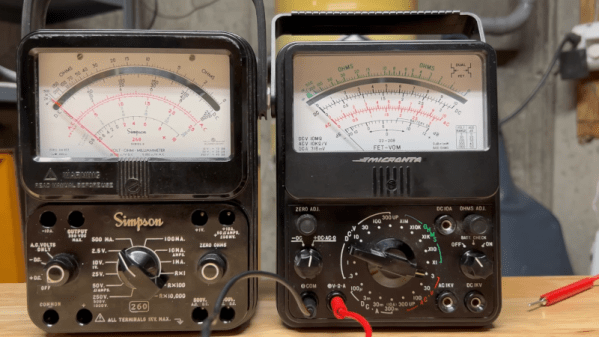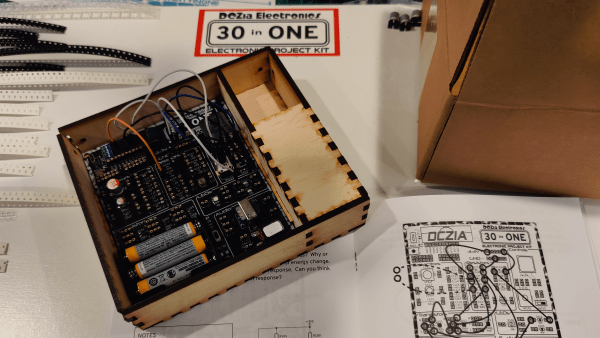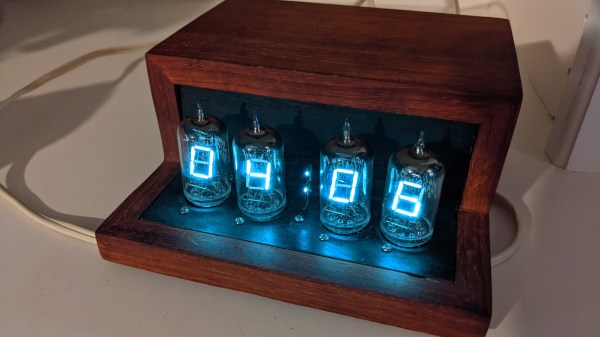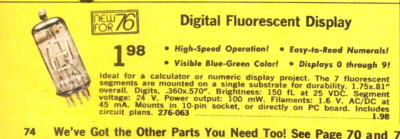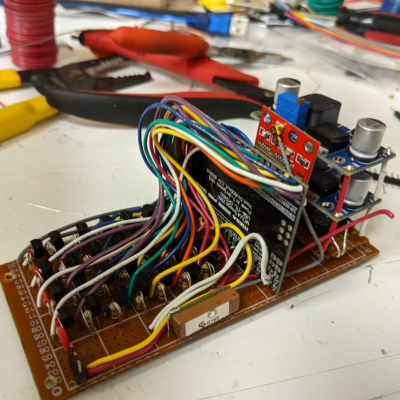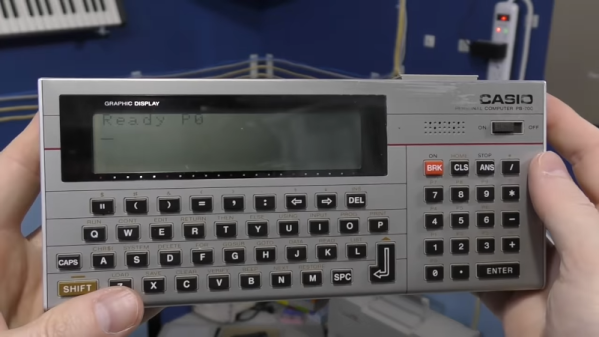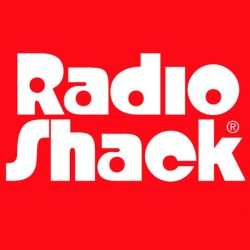We are spoiled with multimeters today. Even the cheapest meter you will get these days is almost surely digital with a tremendous input impedance. But a few decades ago, meters were almost always analog affairs. To make a precise measurement, you needed a mirror under the meter to ensure you read the needle correctly. Moreover, a common meter wouldn’t have that high of an input impedance. If you spent more, you could get a VTVM and, later, one that used FETs to provide high input impedance. [Peter AA2VG] just picked up a vintage Micronta FET volt-ohm meter to join some of the other new and old meters in his shack. You can check it out in the video below.
[Peter] already has a Simpson and a more modern Fluke meter. The Simpson, however, doesn’t have a tube or FET amplifier. The Fluke is nice, but there is something about the needle on an analog meter. If you aren’t old enough to remember, the Micronta brand was a Radio Shack label.

